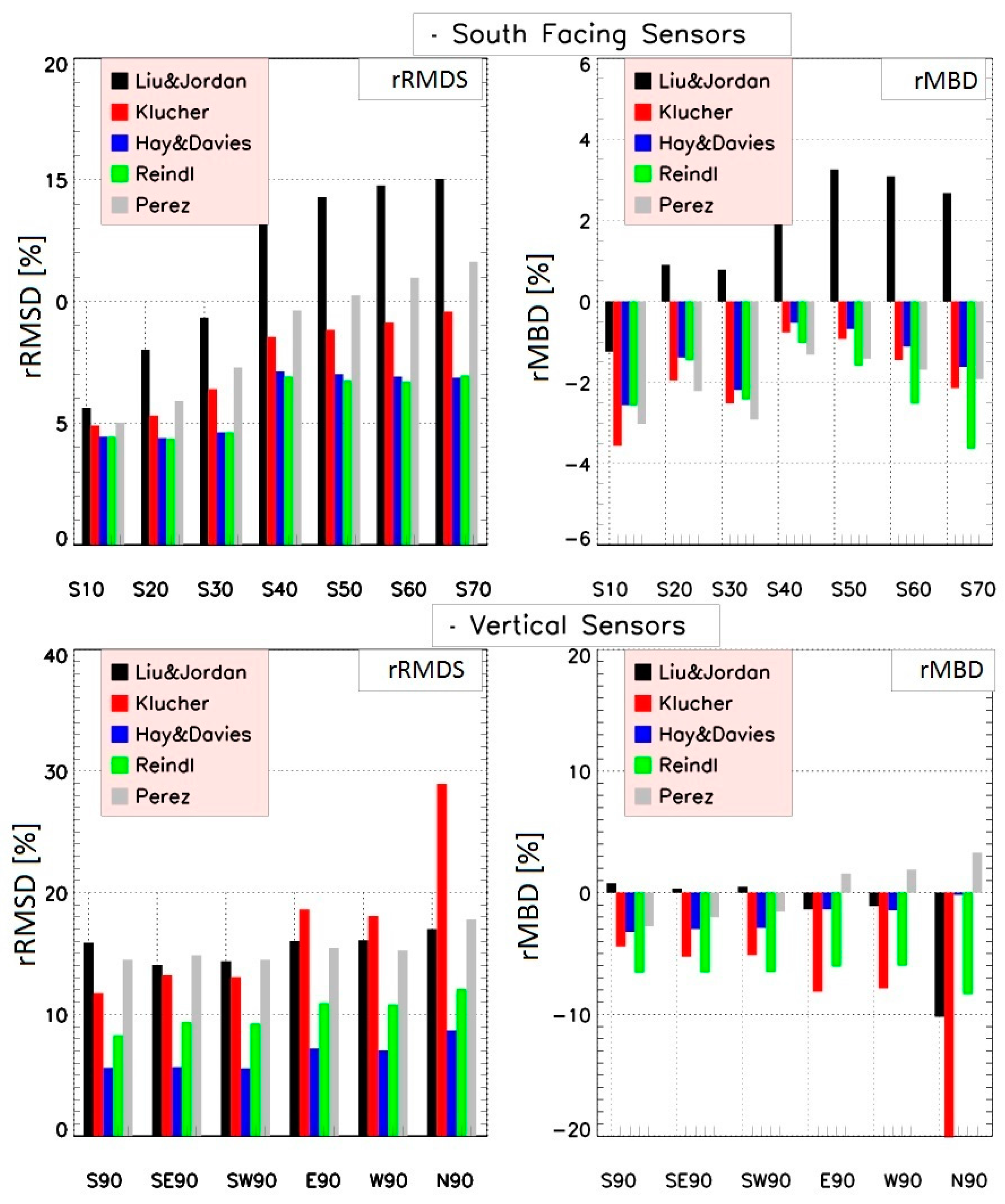

The MAC index (and TAN) will be less volatile and offer steadier exposure to a broader market. An educated guess is that the Ardour index (and the KWT ETF) will be more sensitive to developments in the solar energy market, offering both more upside potential and higher risk. Will that happen in solar? There's no way of telling at this point. With a higher concentration of large-caps, the MAC Global Solar Energy Index would benefit if this happens. After all, the more pure-play exposure the better, right?īut sometimes, as new industries develop, pure-play companies lose out to larger conglomerates, as those conglomerates bring scale and scope to the emerging industry. Which is a better approach? It's not an easy answer. In other words, all the companies in the Ardour index (and KWT) are pure plays. Companies must generate 66% or more of their revenues from solar energy to be included at all. The Ardour Solar Energy Index takes a simpler and more restrictive approach.
#Ardour solar index full#
Companies that generate between 33-66% of their revenues from solar energy are represented at half their full market capitalization.Companies that generate more than 66% of their revenues from solar energy are represented at full market capitalization.

The index then uses a unique weighting methodology to further emphasize the "pure plays." Those are: The MAC Global Solar Energy Index (and TAN) requires components to generate more than a third of their revenue directly from the solar industry. To avoid this problem, both indexes have screens and/or weighting systems in place to emphasize "pure plays." So, including them in an index in theory at least makes the index less sensitive to the solar market. The success or failure of the solar market won't have much of an impact on these diversified behemoths. The challenge in creating a good solar energy index is that many players in the solar market are conglomerates: giant companies like GE that get just a small fraction of their income from solar energy. Both hold stocks listed on exchanges in developed markets around the world, although many of those stocks are headquartered in emerging markets like China. The Claymore ETF ( TAN) tracks the MAC Global Solar Energy Index, while the Market Vectors ETF ( KWT) tracks the Ardour Solar Energy Index.īoth indexes aim to provide global exposure to the solar energy market. The place to start is with the index methodology. Both funds offer exposure to the global solar energy market and both charge 0.65% in expenses.īut if you dig deeper, there are important differences that will translate into different performance in different cycles. How should investors choose between the Claymore MAC Global Solar Energy Index ETF (NYSE: TAN) and the Market Vectors - Solar Energy ETF (AMEX: KWT)? Specifically, two ETFs have launched in the past month that provide access to the solar energy market. The newest wrinkle is funds that focus on specific technologies. More than a half-dozen funds launched in the past two years, and more are on the way. The boom in alternative energy stocks has given rise to a boon in alternative energy ETFs.


 0 kommentar(er)
0 kommentar(er)
